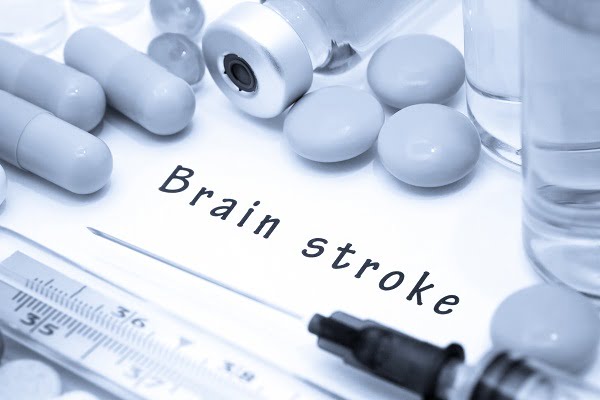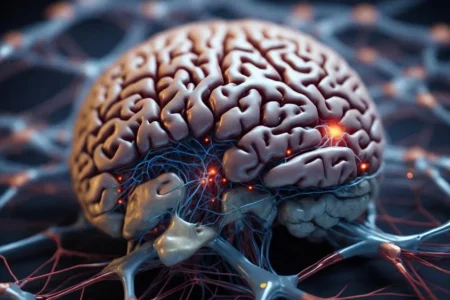Advances in the medical area recently have significantly improved survival rates after stroke. The chances of survival of a person are much better if the stroke is diagnosed and treated immediately.
The article here discusses some possible ways to treat a stroke.
Ischemic Stroke Treatment
There are mainly two ways to treat an ischemic stroke.
tissue plasminogen activator (tPA) – gold standard treatment
This is the only FDA approved treatment for ischemic strokes. It is also known as as IV rtPA, and is given through an IV in the arm. tPA works by dissolving the clot and improving the blood flow to the part of the brain that is deprived of blood flow and oxygen.
To be effective, this treatment is provided within three hours (and within maximum 4.5 hours in eligible patients). In such cases of prompt action, tPA may improve the chances of recovering from a stroke greatly. But, it is generally seen that most patients are not able to make it to the hospital in time for tPA treatment. Therefore, it’s very important to identify a stroke immediately.
Endovascular Procedures
Another treatment option for ischemic strokes is an endovascular procedure. This is also called mechanical thrombectomy.
In this procedure, expert and trained doctors try to remove a large blood clot by using and inserting a wired-caged device called a stent retriever, to the site of the blocked blood vessel in the brain. Doctors thread a catheter through an artery in the groin up to the blocked artery in the brain to reach to the site of the blockage.
The stent opens and grabs the clot, allowing the doctors to remove the stent with the trapped clot. Sometimes, doctors use suction tubes to extract the clot. This procedure is done promptly within six hours of exhibiting the initial stroke symptoms by the patient, and only after a patient has already received tPA treatment.
Hemorrhagic Stroke Treatment
The treatment of these types of strokes is done in the following ways:
Surgery for the Treatment of Stroke
Surgery is an option to treat hemorrhagic strokes, particularly, for strokes that are caused by a bleed within the brain, or by an abnormal tangle of blood vessels. Surgery can help stop the bleeding.
If the blood is leaking by a ruptured aneurysm, a clip may be placed surgically at the base of the aneurysm to fix it.
Endovascular Procedures
Endovascular procedures are helpful in treating certain hemorrhagic strokes also in the same way as the procedure is done for treating an ischemic stroke (as discussed above).
These procedures are less-invasive as compared to surgical options. They involve the use of a catheter that is introduced through a major artery in the leg or arm, and then guided to the aneurysm or AVM.
Immediate Stroke Treatment Can Save Your Life!
If you’re having a stroke, it’s critical that you get treatment immediately. Prompt treatment may minimize the damage due to the stroke and long-term effects of a stroke. It also greatly prevents death due to stroke.
Remember; prompt identification and treatment of stroke can save your life.







